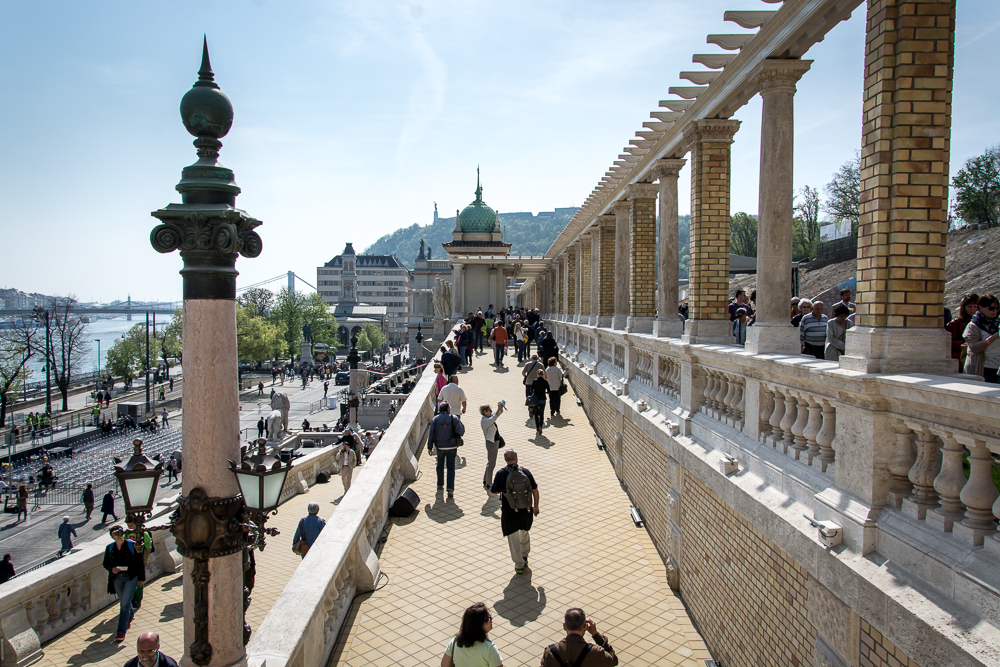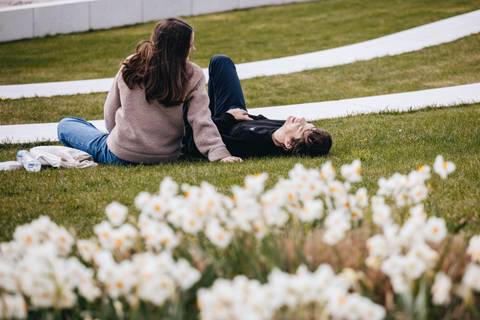Miklós Ybl is one of the greatest Hungarian architects whose impressive legacy includes the Opera House, the Várkert Bazár, the main building of Corvinus University and lavish constructions around the Palace Quarter. Join us as we explore the extraordinary career path of this leading figure of the 19th century.
Miklós Ybl is one of a very select group of world-renowned Hungarian architects. His outstanding career was recognised by emperors and nobles, and he left behind a legacy still alive today. Ybl bathed in the admiration of his peers and enjoyed immense popularity.
The 50-year jubilee of the architect’s career was marked with large-scale celebrations throughout Hungary and a lavish gala dinner held at the Pesti Vigadó. Ministers, mayors, lord-lieutenants and foreign dignitaries all paid tribute to Ybl’s remarkable achievements.
While Budapest would not be the same without Miklós
Ybl, some of his most astonishing designs are located outside of the city. Originally,
he was the personal architect of Count István Károlyi, a charitable academician
who first commissioned Ybl to build a church in Fót in the mid-1800s.
Two 45-metre
towers guard the grand entrance of this ecclesiastical landmark whose façade bears
a slight resemblance to Notre Dame. The Church of the Immaculate Conception is
one of his most intriguing creations. However, the fortress-like size,
remarkable rose window and four-towered structure are anything but Ybl’s
trademark style. What makes this building so unique is that Ybl’s greatest love
was actually Neo-Renaissance.
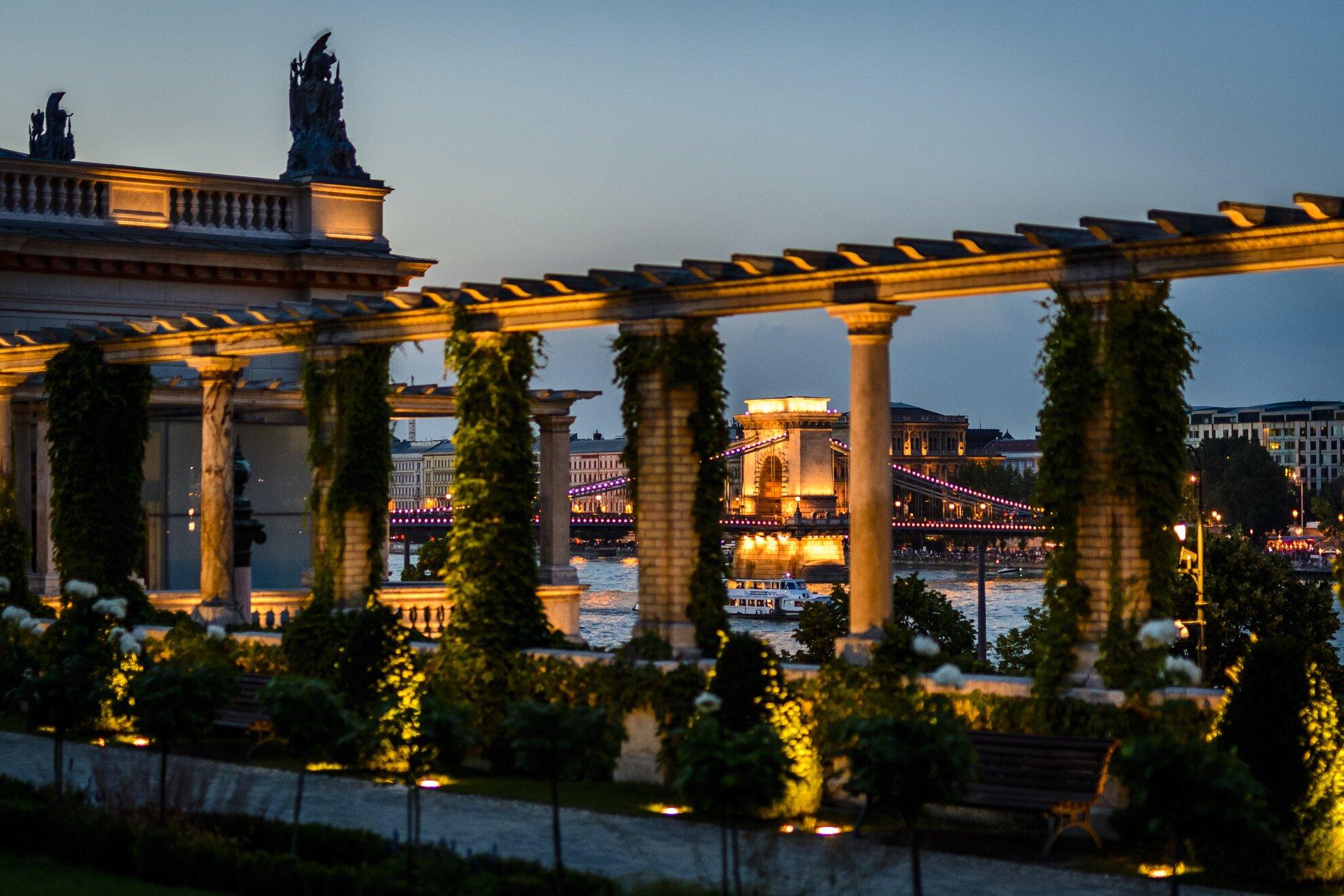
Ybl was an alumnus of the Viennese Politechnikum and the Bavarian Academy of Fine Arts. Studying abroad had a lasting effect on his world view: the young man was eager to travel across Europe and learn all the ins and outs of architecture. His Italian study trips cast a spell over Ybl as he had become infatuated with the enticing style of the Renaissance. The experiences he gained on the Italian peninsula inspired Ybl to bring the Neo-Renaissance home to Budapest.
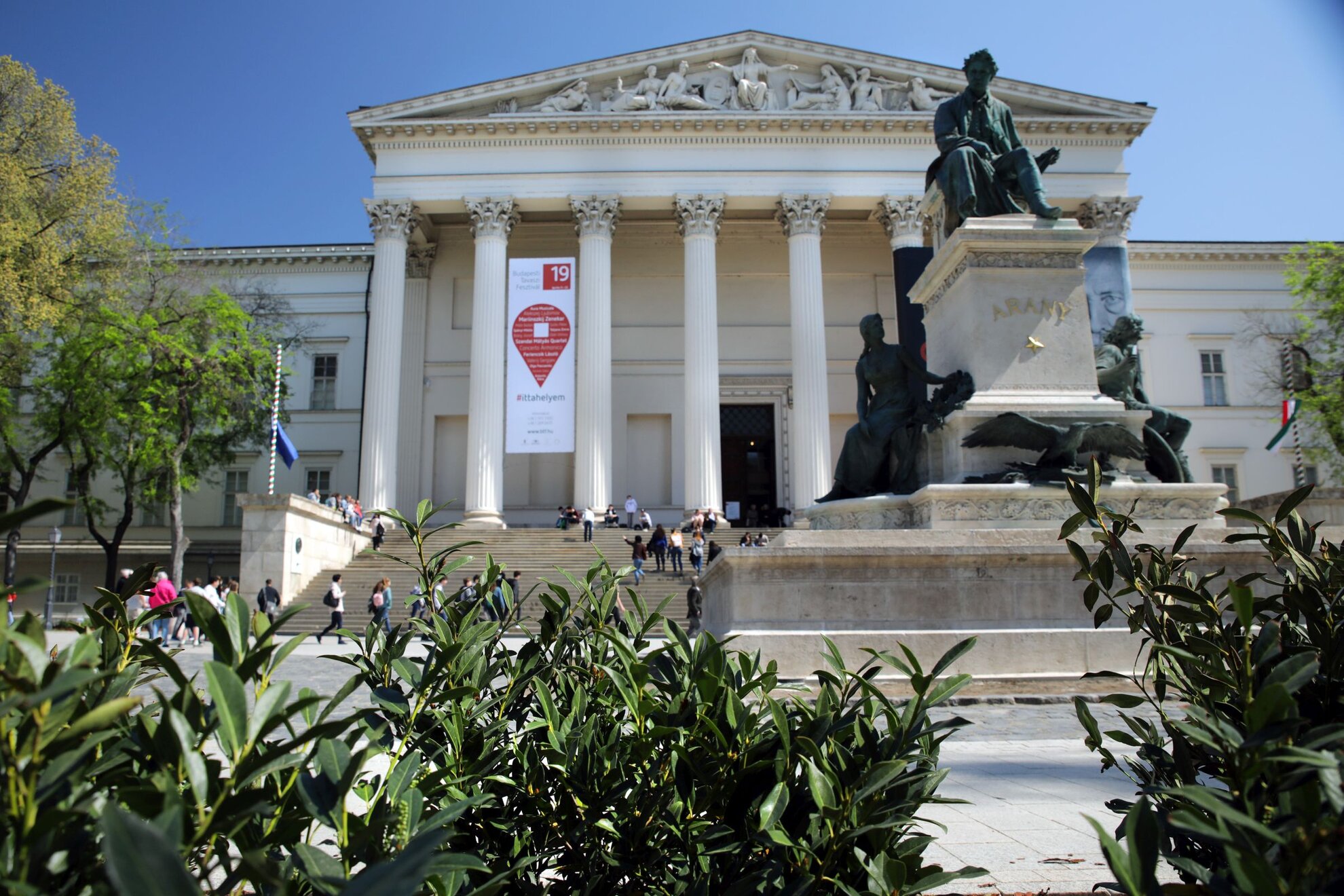
After Ybl had learned the ropes abroad, Mihály Pollack
– a prominent figure of Hungarian Neo-Classical architecture, responsible for
the National Museum – took Ybl under his wing and eventually became the great
mentor of the self-motivated young professional.
Ybl could finally gain
valuable hands-on experience by working under Pollack’s watch. What is more,
Ágoston Pollack – Mihály’s son – and Miklós Ybl co-founded the Architecture Institute, their own
planning and designing office in 1841. The two ambitious gentlemen were
entrusted with the designing of both public buildings and apartment houses all
over Budapest.
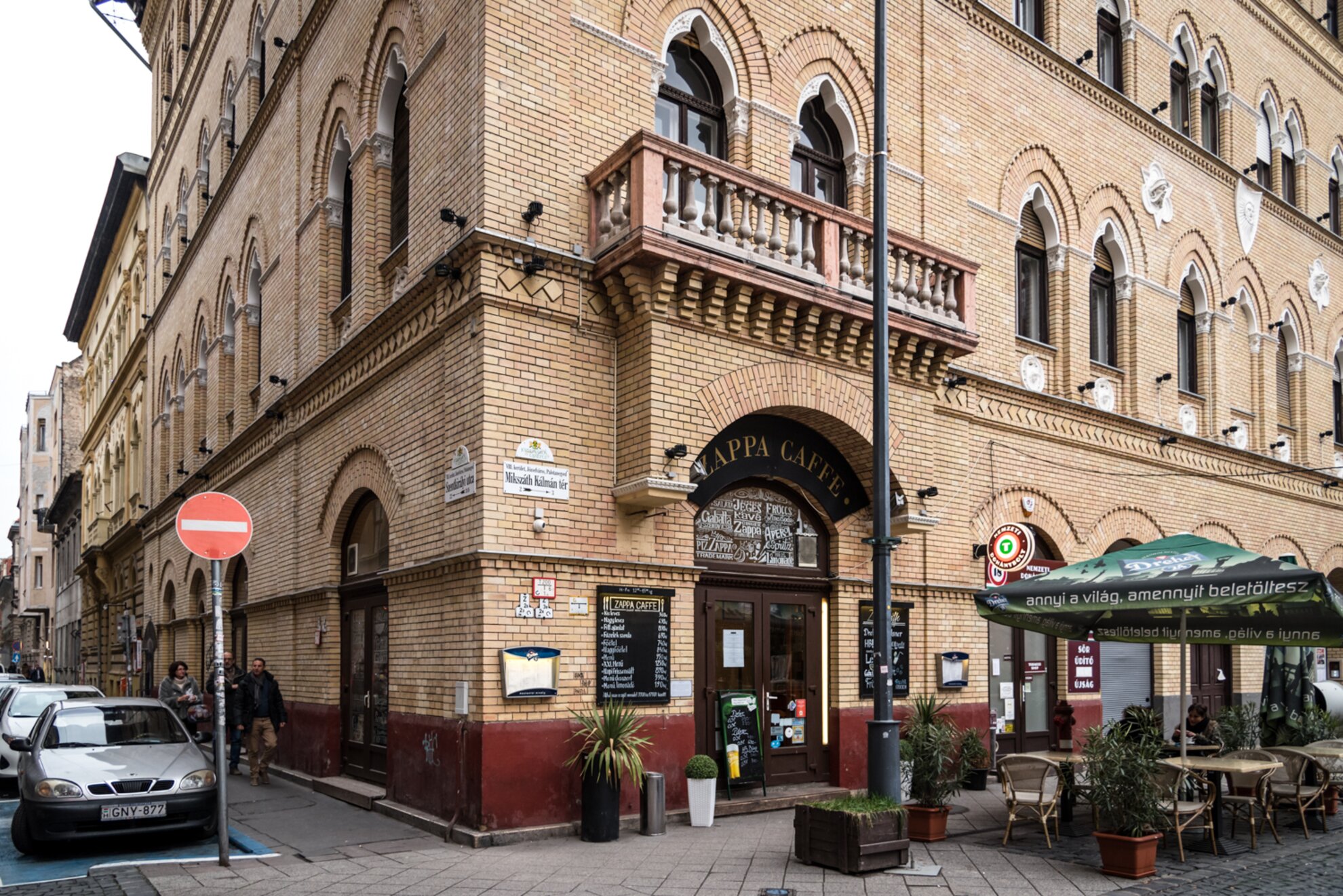
After the unification of Pest and Buda in 1873, ever more
lavish villas were built around the city’s illustrious Palace Quarter behind
the National Museum. It is no surprise to learn that the man behind many of
these splendid mansions was Ybl, preferred architect of the local aristocracy.
The Italian Cultural Institute on Bródy Sándor utca was the official residence
of the House of Representatives of the Hungarian National Assembly until 1902. In
recognition for his services, Ybl was decorated with the Knight’s Cross of the
Order of Franz Joseph for the building’s original blueprint.
Other creations in
the Palace Quarter include the aristocratic Festetics Mansion – which houses
Hungary’s only completely German-speaking university – and the sadly run-down
Károlyi Mansion whose ambience evokes the style of a charming French château.
Few may know that the original Hungarian National Riding Hall used to be located right behind the National Museum. This work of the architect was demolished during World War II and an emblematic building took over its place: the Hungarian Radio. Another never-completed project of great interest to Ybl was the creation of a picturesque garden with Japanese-style weekend houses on Népsziget.
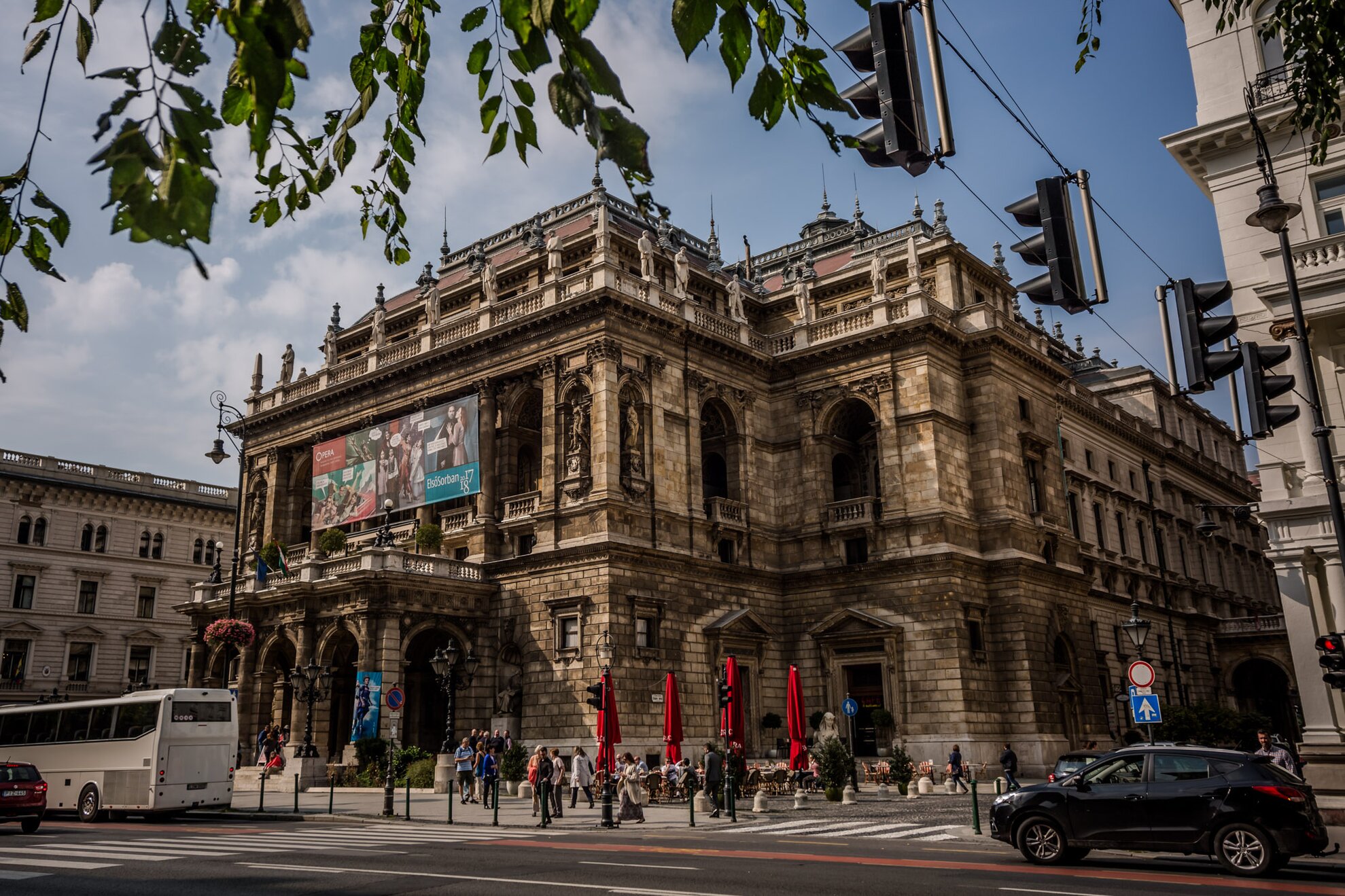
The architect’s magnum
opus, the Opera House, is the embodiment of his lifelong
passion for Neo-Renaissance architecture. At the same time construction started,
Ybl was assigned the task of drawing up the plans of an elegant symmetrical
garden at the foot of Buda Castle. He drew much of his inspiration for the Várkert
Bazár from French and Italian hanging gardens he had visited during his study
trips abroad.
Another of Ybl’s major projects is the monumental dome on top of
St Stephen’s Basilica in the heart of Budapest. Ybl took part in the renovation
and reconstruction of Buda Castle and the surrounding Castle District but
unfortunately, he died before the completion of the project. After Ybl’s
passing, Alajos Hauszmann took over the role of lead architect.
Streets, squares, institutes and awards have been named after Miklós Ybl in honour of his exceptional legacy. In 2002, a Hungarian astronomer even discovered the existence of a new asteroid and christened it 16686 Ybl to commemorate the achievements of one of Hungary’s greatest architects.
